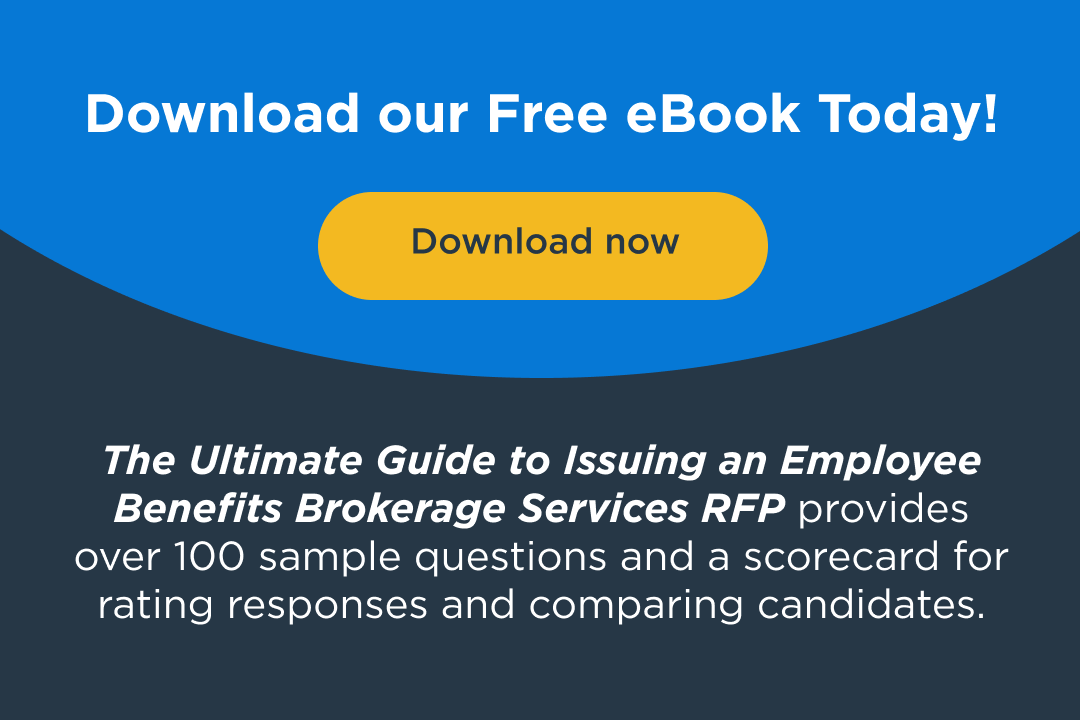Why EAPs Are Underutilized—and Better Mental Health Options Employers Should Consider
May 17, 2025

Employee Assistance Programs (EAPs) have long been promoted as a convenient and cost-effective way to support employee mental health. Yet despite offering valuable resources—like short-term counseling, crisis support, and referrals—EAPs remain severely underutilized by the very employees they’re designed to help. In a time when employee mental health challenges are on the rise, this underuse presents a major gap in workplace wellness.
So why aren’t more employees taking advantage of their EAPs—and what can employers do to bridge the gap?
The EAP Utilization Problem
Research suggests that, on average, EAPs see usage rates of just 3% to 5%, even when employees report high levels of stress, burnout, or emotional distress. This disconnect can be attributed to several key factors:
- Lack of Awareness: Many employees don’t even know their employer offers an EAP, or what services it includes.
- Stigma: Seeking help for mental health concerns—especially through a work-sponsored program—can still carry stigma, making employees wary of accessing EAP resources.
- Privacy Concerns: Employees may fear that using an EAP could compromise their confidentiality or negatively affect their career.
- Limited Services or Accessibility: Some EAPs offer a very limited number of sessions or operate on rigid hours, making them less helpful for those needing flexible or ongoing support.
Expanding the Mental Health Benefits Toolbox
Given the limitations of traditional EAPs, many employers are now exploring alternative or supplemental solutions to better meet employee mental health needs.
1. Virtual Mental Health Platforms
Digital platforms like BetterHelp, Talkspace, Spring Health, and Modern Health offer employees on-demand access to licensed therapists, often via text, video, or app-based sessions. These services can be more approachable and discreet than traditional EAPs.
2. Mental Health Stipends
Some employers now offer monthly or annual stipends that employees can use for wellness expenses, including therapy, coaching, meditation apps, or self-care services.
3. Onsite or Embedded Counselors
In high-stress industries, employers may choose to bring in mental health professionals onsite or offer embedded counselors who regularly engage with staff, helping normalize support.
4. Manager Training for Mental Health Awareness
Equipping managers with the skills to recognize mental health issues and direct employees to resources can improve early intervention and encourage utilization.
5. Expanded Insurance Coverage for Therapy
Employers can ensure that their health plans offer robust mental health benefits, with access to a wide range of providers and minimal out-of-pocket costs.
Rethinking Communication and Culture
Even the most comprehensive mental health benefit won’t be effective if employees don’t feel safe or encouraged to use it. That’s why company culture plays a critical role.
- Normalize the Conversation: When leaders speak openly about mental health, it helps remove stigma.
- Promote Resources Regularly: Don’t rely on one-time benefit rollouts. Consistently remind employees about mental health tools—through newsletters, intranet sites, or all-hands meetings.
- Make Confidentiality Clear: Reassure employees that EAP and third-party counseling usage is confidential and won’t be reported back to HR or management.
Final Thoughts
EAPs can still be a valuable part of a mental health strategy—but they’re not enough on their own. By understanding the barriers to utilization and offering more modern, flexible mental health solutions, employers can better support the emotional well-being of their workforce.
The companies that lead in mental health support aren’t just offering more resources—they’re creating environments where employees feel safe to use them.


